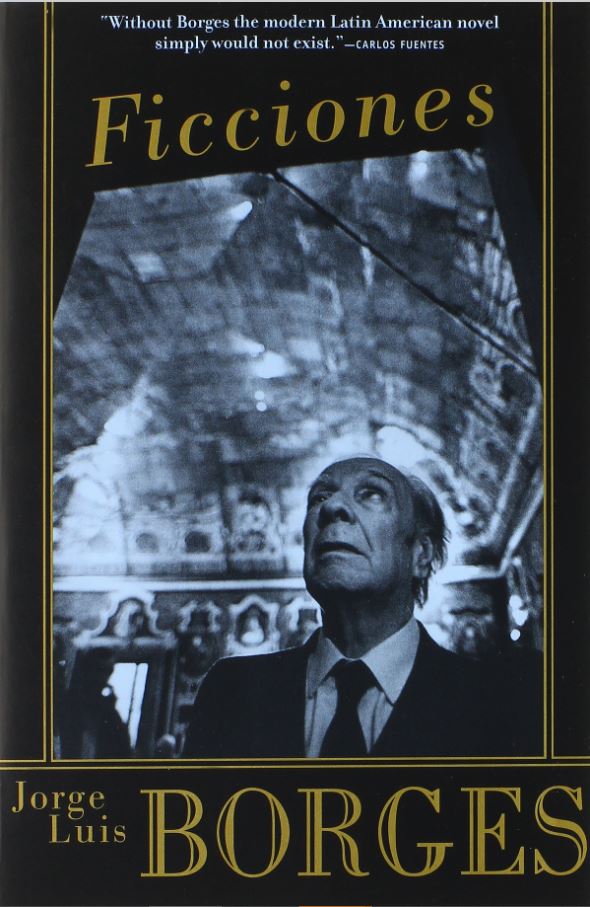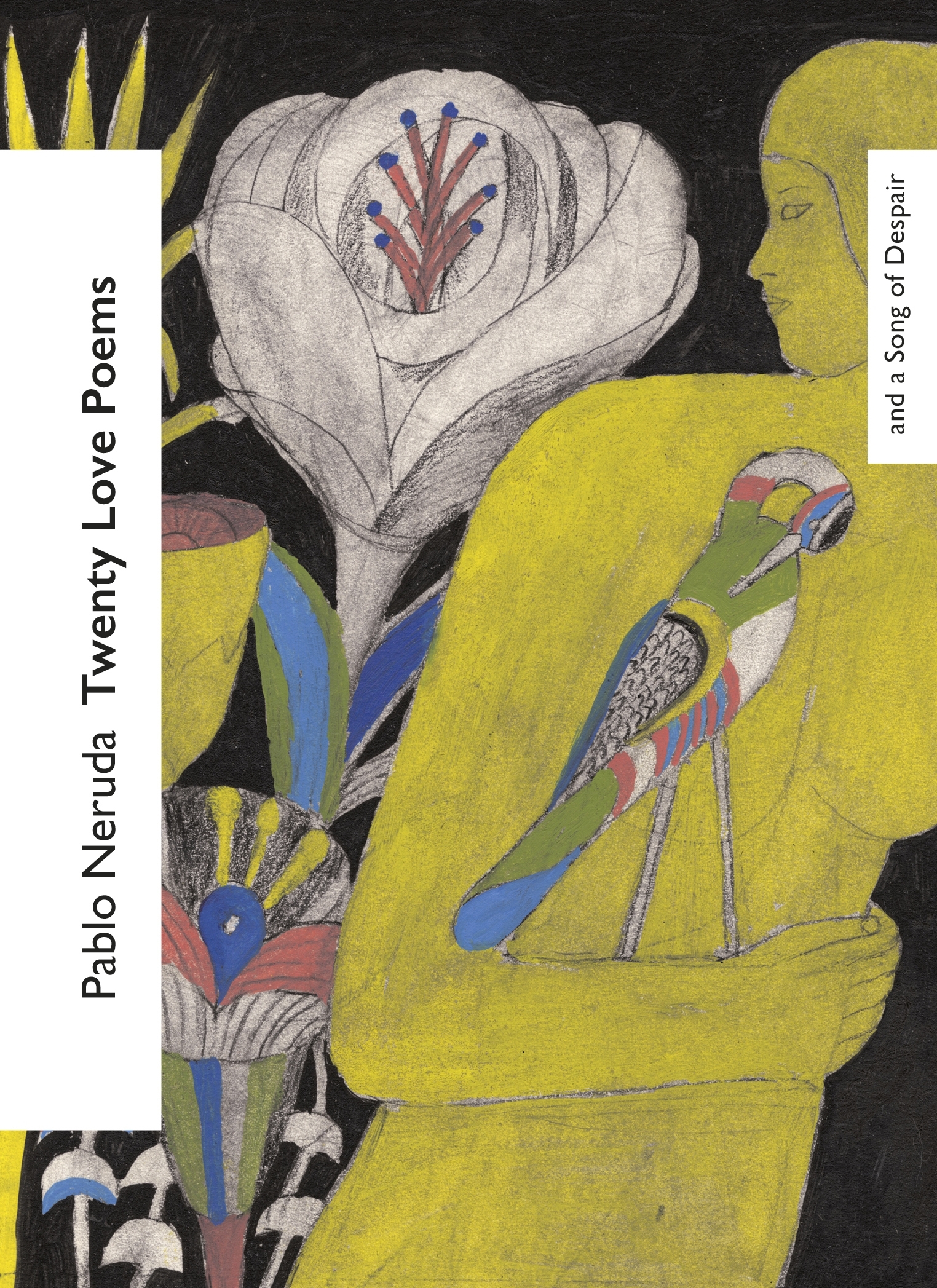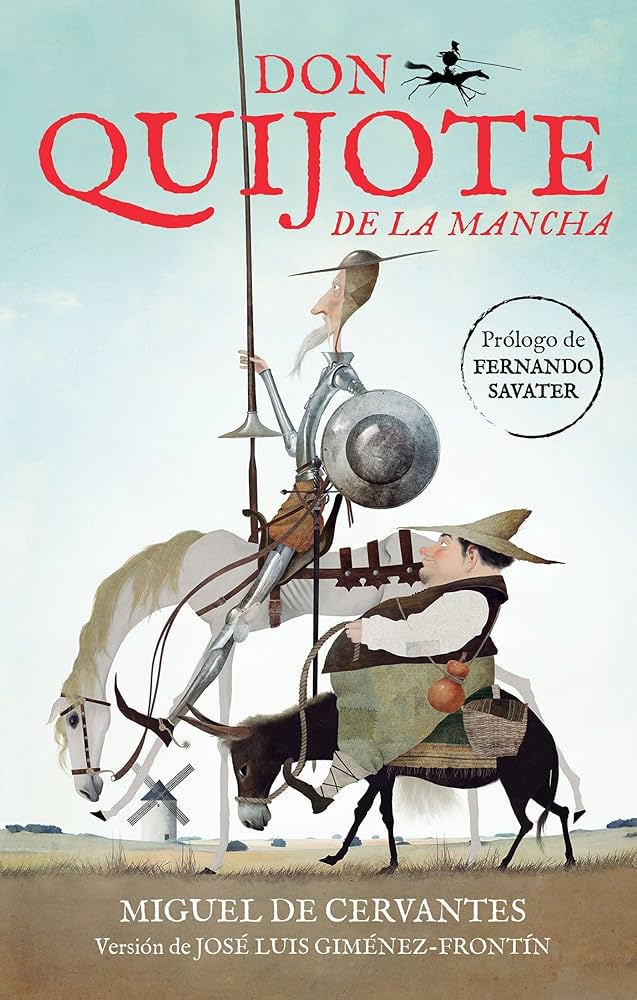Happy Hispanic Heritage Month, y’all! Here are 5 Hispanic authors you need to dive into at the earliest if you wish to explore Hispanic literature.
The Spanish-speaking world – with its melodious cadence and expressive vocabulary – has a rich history of intricate narratives woven by their diverse authors. From the plains of Latin America to the sun-kissed streets of Spain, Hispanic regions have nurtured literary talents who have left an indelible mark on global literature. As we celebrate Hispanic Heritage Month this September, we embark on a journey through literary masterpieces of Hispanic authors we love, which have managed to transcend language, borders, and time.
From capturing the Spanish culture from around the globe to writing about the struggles of their people, local nuances, and the wounds that world events have inflicted upon their people, these Hispanic authors have conveyed emotions, ideas, and experiences with a depth that resonates universally and has a certain rhythm in the romantic language of Spanish. We have tried to include an acclaimed author from the ends of the world – from the magic realism of Colombia to the passionate narratives of Spain, from the evocative poetry of Chile to the political introspection of Argentina, the multifacetedness of the widespread culture is a microcosm in itself.
So let’s dive in, shall we?
Gabriel García Márquez
Most Acclaimed Work: One Hundred Years of Solitude (Cien años de soledad)

Gabriel Garcia Marquez [1927-2014], possibly Colombia’s greatest literary showman and Nobel laureate, was born in a small town called Aracataca. Fondly known as Gabo, his upbringing in the Caribbean greatly influenced his writing, and he soon became known for his panache for magical realism in his stories. Since then, he has crafted stories that seamlessly blend the everyday and the fantastical and has possibly given birth to a genre that still captivates new readers.
His most acclaimed work, One Hundred Years of Solitude [Cien años de soledad], is an epic that narrates the multigenerational story of the Buendía family in the fictional town of Macondo, thought to be based on Marquez’s childhood home. The magic realism in the book – where the extraordinary becomes ordinary – the lines between reality and imagination come together. Spanning seven generations of the family, it begins with the patriarch, José Arcadio Buendía, and his wife, Úrsula Iguarán, who have founded the city. Soon after, their lives are thrown into chaos with peculiar and tragic events, with Arcadio’s madness and ill fortune befalling the later generations. The novel also talks about Latin American history and certain political events and massacres rooted in history.
Published in 1967, the book has won several awards and bagged the author the Nobel Prize in Literature in 1982. It has been translated into more than 45 languages and is one of the best-selling books of all time.
Jorge Luis Borges
Most Acclaimed Work: Ficciones

Jorge Luis Borges [1899-1986] is an Argentine literary virtuoso celebrated for his contribution to both prose and poetry. Born in the capital city of Buenos Aires, his early life marked him with a passion for literature, which served him with his unique style of writing, reflected in his life’s works. He is known for deep intellect in his writing as he delves into intricate, often complex subjects in his books that capture the attention of both readers and critics.
His most acclaimed work, Ficciones [Fictions], is a collection of short stories based on fiction. Seventeen mind-bending short stories that comprise intense philosophical depth and explore themes like the blurred lines between what’s real and what’s reel. Each one of the stories challenges what ‘conventional storytelling’ means for most of us. He often names his protagonists after himself and infuses his traits and characteristics into them. In many stories, he also places his characters in enclosures that have often invited Freudian analysis into his writing, which he publicly condemned and admitted that he disliked.
Published in 1944, the book continues to be popular in today’s world of fandoms building in surrealism and metafiction. If chance has it, we would definitely recommend giving it a read!
Pablo Neruda
Most Acclaimed Work: Twenty Love Poems and a Song of Despair (Veinte poemas de amor y una canción desesperada)

Pablo Neruda [1904-1973], known for his poetic mastery, was from Chile, South America. Born Ricardo Eliecer Neftalí Reyes Basoalto, he took the pseudonym of Pablo Neruda as a tribute to the Czech poet Jan Neruda, one of his major influences. While he is known for his romantic works and sensual poetry, his work often also had undertones of political commentary.
Neruda’s Twenty Love Poems and a Song of Despair (Veinte poemas de amor y una canción desesperada), published in 1924. He was only twenty years old and managed to capture the essence of being young and in love – the passion, the lust, the heartbreak. His verses are lyrical, and he explores the intense emotions of love and longing often felt in the first few years of young adulthood. Combining the elements of love, he also mingles elements of nature and landscapes within his lines.
A classic of Spanish literature, Twenty Love Poems has long established its place as a collection of timeless themes that resonate with anyone who has felt any romantic love in their lives. The sneaky artistry and the ability of the author to pour their heart out onto ink is why you should read this book.
Also Read: 10 Poetry Podcasts You Should Listen To
Laura Esquivel
Most Acclaimed Work: Like Water for Chocolate (Como agua para chocolate)

Laura Esquivel [1950-] was born in Mexico City and worked as a kindergarten teacher and television scriptwriter before turning to writing. She founded a children’s theatre workshop and often set up dramas for children. She is also a politician, having served in the Mexican Congress, and has worked in the environmental and science & technology sectors.
Like Water for Chocolate (Como agua para chocolate) is a sensuous novel that intertwines the art of cooking with a story of forbidden love. In 20th-century Mexico, Tita, the protagonist, and her life’s plans are thwarted by a rule that dictates she cannot marry her romantic interest, Pedro, but instead has to care for her mother. Tita is an exquisite cook, and her skills make a frequent appearance throughout the novel. After publication in 1989, the book’s magical realism and mouthwatering recipes stood out and made the book a sensation. It is set during the Mexican Revolution, and the book is divided into chapters similar to that of an old-school magazine containing recipes, articles on love, etc. The author believes that the kitchen is the most important part of the house, and the food involved can bring out great characterization. Her passion for the same is reflected in the book, which has won numerous awards and has also been adapted into an international film.
Miguel de Cervantes
Most Acclaimed Work: Don Quixote (Don Quijote de la Mancha)

Miguel de Cervantes [1547-1616] is often considered one of the greatest writers of not only Spanish literature but all-time world literature. Born in Alcalá de Henares in Spain, he had a diverse career spanning from soldier, tax collector, and prisoner of war to (of course) an acclaimed writer. All his life experiences greatly influenced his writing and ultimately shaped his now-iconic book, Don Quixote (Don Quijote de la Mancha). Not a lot is known about his life outside of his works, in general, despite his great renown.
Widely regarded as Cervantes’ magnum opus, Don Quixote is one of the first modern novels – published in two parts, 1605 and 1615. While the author did not intend to publish it in two parts, it is now considered part of a duo. The book follows the story of Don Quixote and his faithful squire, Sancho Panza. Don seems to be losing his mind in his quest to restore his lost chivalry and become a knight. He continues to have wacky and fateful adventures, including imaginary fights and whimsical love affairs. The book has an entertaining blend of satire, adventure, and psychology. Despite being penned over four centuries ago, it remains an epic that continues to garner the attention of contemporary readers.

